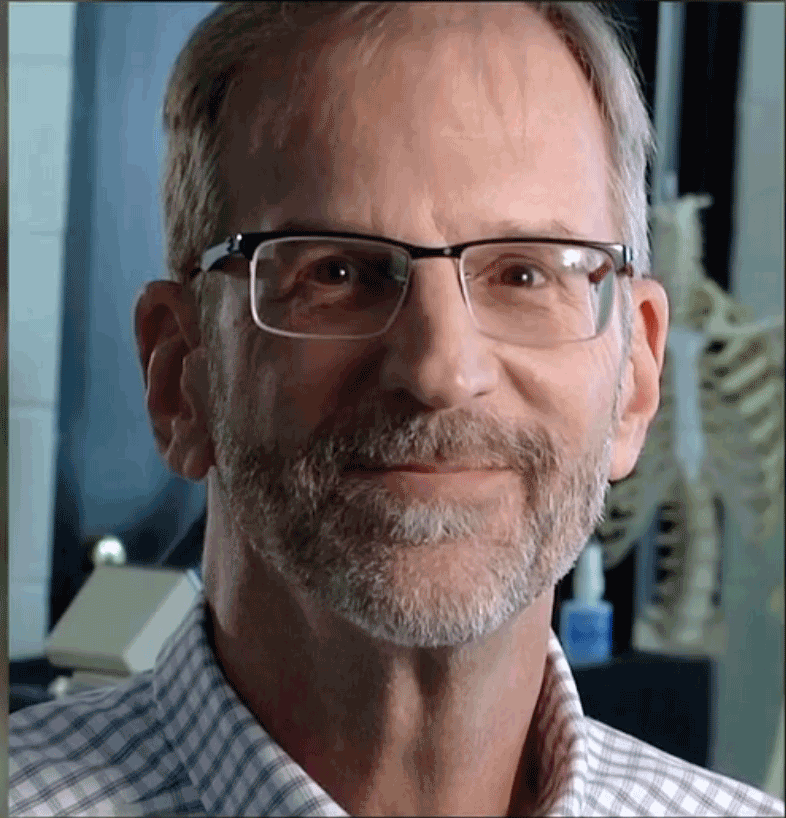
Dr. Tim Sherman
Education
- B.S., 1981 - Biology
Arkansas Tech University - Ph.D., 1988 - Biochemistry
Texas A&M University
Research Interests
- Plant cell biology
- Biochemistry
- Physiology of aquatic and marine species
Research Area
I am a broadly trained plant physiologist/cell biologist having worked with algal nitrogen metabolism, herbicide mode of action and acquired herbicide resistance, and developmental biology and physiology of parasitic plants.
My research at South involves the cell biology and physiology in marine systems, especially of freshwater and marine plants and algae. These organisms are the source of most carbon and nitrogen that is added to food chains in the coastal and freshwater areas. Macroalgae and higher plant representatives of these groups have the additional role of serving as sanctuary for the young of many animal species that share their habitat. In spite of their importance in these ecosystems, there are many gaps in our knowledge regarding their physiology and interaction between these and other organisms in these environments.
I am particularly interested in:
-
molecular interaction between seagrasses and pathogens that have led to massive die-off of seagrass beds in temperate areas around the world,
-
nitrogen and carbon uptake and metabolism in marine algae and the plant species forming the large off-shore seagrass beds that line the coastal regions of the Gulf of Mexico, and difference between non-indigenous species (NIS) and the native species
Relevant Publications
(* indicate undergraduate authors)
- M.M. Miller, T.D. Sherman, K.M. Major (2022). Competitive success of the invasive species, Hydrilla verticillata, over Vallisneria neotropicalis in nature could be linked to differences in nitrogen metabolism. Aquatic Botany, 182, 103544.
- D. L. Martin, Y. Chiari, E. Boone, T. D. Sherman, C. Ross, S. Wyllie- Echeverria, J.K. Gaydos, A.A. Boettcher (2016) Functional, Phylogenetic and Host-Geographic Signatures of Labyrinthula spp. Provide for Putative Species Delimitation and a Global-Scale View of Seagrass Wasting Disease. Estuaries and Coasts, 39:1403–1421
- A. Garrote-Moreno, A. McDonald, T. D. Sherman, J.L. Sánchez-Lizaso, K.L. Heck, Jr, & J. Cebrian (2015) Short-term impacts of salinity pulses on morphological and functional traits of the seagrasses Thalassia testudinum and Halodule wrightii. Aquatic Botany, 120: 315-321
-
B. K. Sullivan, T. D. Sherman, V. S. Damare, O. Lilje, and F. H. Gleason (2013) Potential roles of Labyrinthula spp. in global seagrass population declines. Fungal Ecology 6: 1-11
-
J. D. Husband, R. P. Kiene, T. D. Sherman (2012) Oxidation of dimethylsulfoniopropionate (DMSP) in response to oxidative stress in Spartina alterniflora and protection of a non-DMSP producing grass by exogenous DMSP + acrylate. Environmental and Experimental Botany 79: 44–48
-
D. J. Shafer, J. E. Kaldy, T. D. Sherman, K. M. Marko (2011) Effects of Salinity on Photosynthesis and Respiration of the Seagrass Zostera Japonica: A Comparison of Two Established Populations in North America. Aquatic Botany 95: 214-220
-
N. Garcias-Bonet, T.D. Sherman, C.M. Duarte, N. Marba. (2011) Distribution and Pathogenicity of the Protist Labyrinthula sp. in western Mediterranean Seagrass Meadows. Estuaries and Coasts 34, 1161–1168
-
D. J. Shafer, S. Wyllie-Echeverria, and T. D. Sherman (2008) The Potential Role of Climate in the Distribution and Growth of the Introduced Seagrass Zostera japonica in North America. Aquatic Botany 89: 297-302
Previous Graduate Students:
-
Molly Miller (Ph.D. - Marine Sciences) Molly's work is funded on an EPA-STAR graduate fellowship. She is examining how anthropogenic nutrient input Influences plant competitive outcomes and its implications for habitat degradation and community shifts. (2018)
-
Jeff Zabolotney (M.S. - Biology) Jeff is finishing up his project, which involved the influence of magnetic fields on algal growth.
-
Jackie Howell (M.S. - Biology) Species Distribution and Hybridization of Sarracenia at Splinter Hill Bog Preserve (2012) [Co-chaired with Dr. Ashley Morris]
-
Simmi Yadav (M.S. - Biology) Immunochemical Characterization of the Cell Wall of Thalassia Testudinum. (2011)
-
Fui Chi Yap (M.S. - Biology) Activation of Endothelial Nitric Oxide Synthase Requires Calcium Entry From CaV3.1 (Α1G) T-Type Calcium Channel (2011) [Co-chaired with Dr. Songwei Wu]
-
Tamil Jones (M.S. Biology) The Role and Regulation of the Phosphohistidine Phosphatase SixA in the Starvation- Stress Response of Salmonella enterica Serovar Typhimurium (2011) [Co-chaired with Dr. Michael Spector]
-
Deborah Shafer (Ph.D. - Marine Sciences) The Invasive Seagrass Zostera japonica : Distribution, Autecology, and Potential for Expansion (2007)
-
Anna Penton (M.S. - Biology) Anna's work centered on community structure across invasive and indigenous aquatic plants. She will graduate in the fall of 2006 and will work in a medical research lab here at the Univ. of South Alabama. (2006)
-
Joe James (M.S. - Biology). Molecular Characterization of Diversity of Bacteria Associated with Seagrass Transplanting Units and Seagrass Bed Sediments. (2004)
-
Julien Lartigue (Ph.D. - Marine Sciences) Nitrate Uptake, Nitrogen Storage, and Nitrate Reductase Activity in Estuarine Enteromorpha Sp. (Chlorophyceae) (2002)
-
Fennel Blythe (M.S. - Biology) Nitrogen Uptake, Assimilation, and Translocation in the Seagrass,Thalassia Testudinum (1996)
Courses
- BLY 301 - Cell Biology
- BLY 342 - Experimental Cell Biology - W
- BLY 431 - Plant Physiology - W


